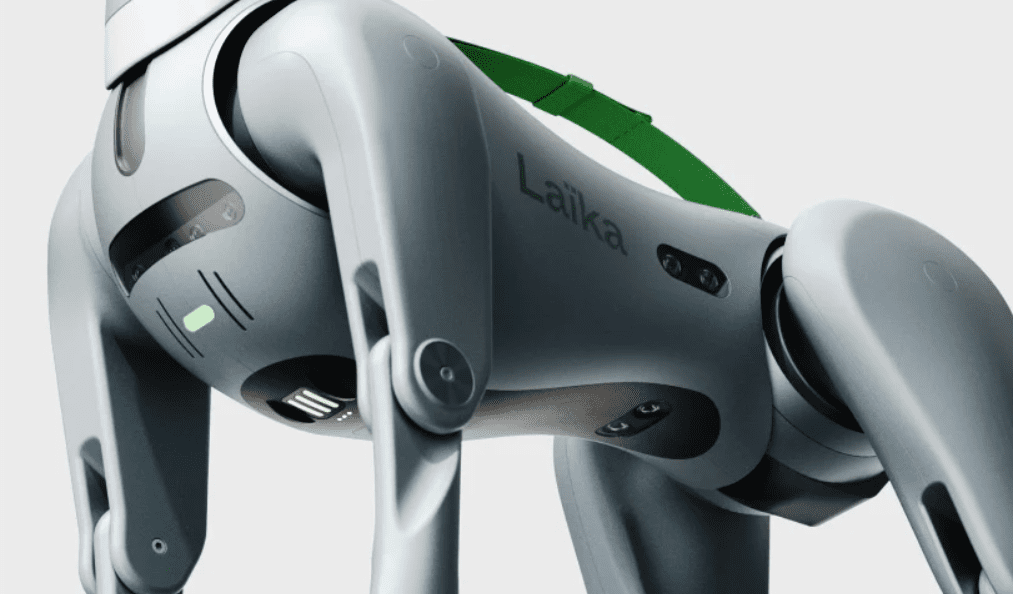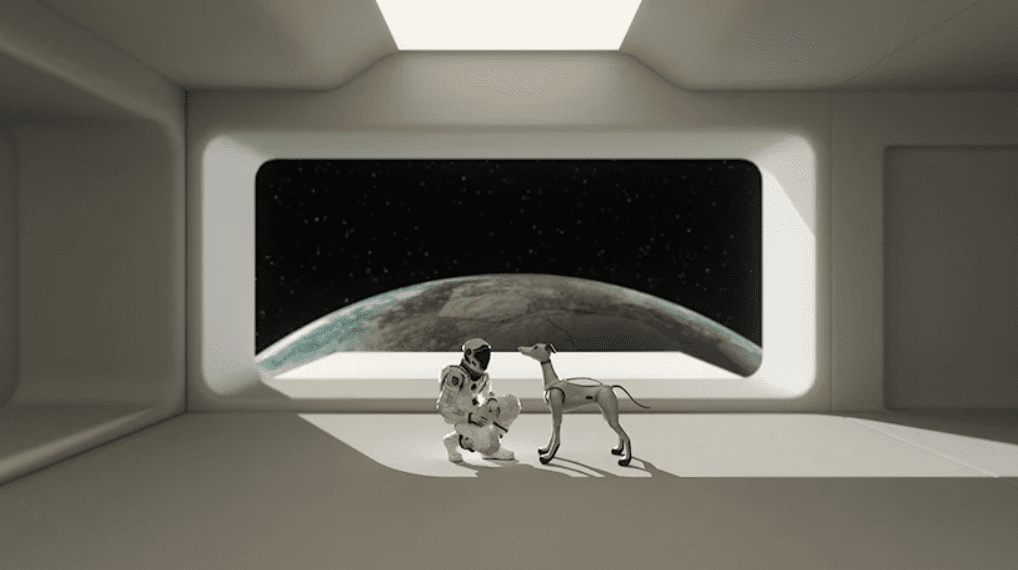TL;DR:
- Laika, a life-like AI robot pet, designed to support space travelers physically and emotionally, is introduced.
- It’s created for upcoming space projects like NASA’s Artemis and Moon to Mars missions, scheduled for 2025-2030.
- Unlike aggressive robotic dogs, Laika offers a friendly, organic finish, connecting with users emotionally and monitoring their health.
- Equipped with advanced sensors, including ECG sensors, it detects space, objects, and people while fostering emotional connections.
- Future plans include integrating mixed reality glasses for real-time interaction and updates.
- Laika enhances the astronaut’s experience, providing companionship, health monitoring, and support during space missions.
Main AI News:
In the ever-evolving realm of space exploration and cutting-edge robotics, Jihee Kim has unveiled Laika—a groundbreaking concept design that promises to redefine the way astronauts experience their journeys beyond Earth’s atmosphere. As we set our sights on ambitious missions like NASA’s Artemis and Moon to Mars endeavors, slated for the years 2025 to 2030, Laika emerges as the quintessential companion for spacefarers, catering to their physical and emotional well-being during extended stints away from the comforts of home.
Unlike the formidable and unfeeling robotic canines currently prevalent in the market, Jihee Kim’s Laika boasts a warm and organic exterior, facilitating a profound emotional connection with its human counterparts. It’s not merely a machine; it’s a friend, a family member, and even a health coach for astronauts navigating the cosmos. Beyond its remarkable aesthetics, Laika’s robust titanium body is engineered to withstand the rigors of outer space while maintaining the agility to accompany astronauts on Earth-bound walks and jogs, providing unwavering emotional support through its advanced mechanical prowess.

Integrated with depth cameras, thermal imaging cameras, ultrasonic sensors and slam cameras. Source: designboom
The Key to Laika’s Lifelike Support: Cutting-Edge Sensors
Named in honor of the pioneering space dog that journeyed into the cosmos in 1957, Laika seamlessly integrates into an astronaut’s life. It assumes the roles of confidant, companion, and wellness guide, thanks to its exceptional array of sensors. These sensors include depth cameras, thermal imaging cameras, ultrasonic sensors, and slam cameras, all meticulously calibrated to perceive and interpret its surroundings. Whether in the vastness of space or amidst terrestrial landscapes, Laika excels at detecting space, objects, and people.
What sets Laika apart is its profound ability to establish emotional bonds. ECG sensors discreetly nestled within its neck monitor an astronaut’s well-being during their interactions, ensuring both physical and emotional health remain a top priority. Through its expressive multi-joint movements, Laika exhibits loyalty and affection, akin to a cherished real-life pet, forging a connection that transcends the realm of artificial intelligence.
A Glimpse into the Future: Mixed Reality Integration
Looking ahead, Jihee Kim envisions a seamless fusion of mixed reality glasses as a routine accessory for Laika users. This groundbreaking addition allows space explorers to engage with their mechanical companion and receive real-time updates on their pet’s activities through wearable technology. Moreover, the practical stretchable handle on Laika’s back enhances usability, enabling users to carry essentials during exercise or effortlessly transport the robotic companion.




Designed for emotional and physical support for space missions. Source: designboom
Conclusion:
Laika represents the next frontier in space travel and robotic companionship. Its friendly and organic dog-like appearance fosters an emotional connection that is unmatched, while its state-of-the-art sensors and integrated technology ensure that Laika is a steadfast companion and guardian, not only in the unforgiving vacuum of space but also right here on our home planet. As space exploration continues to advance, Laika stands ready to redefine the human experience beyond our blue planet’s borders.

